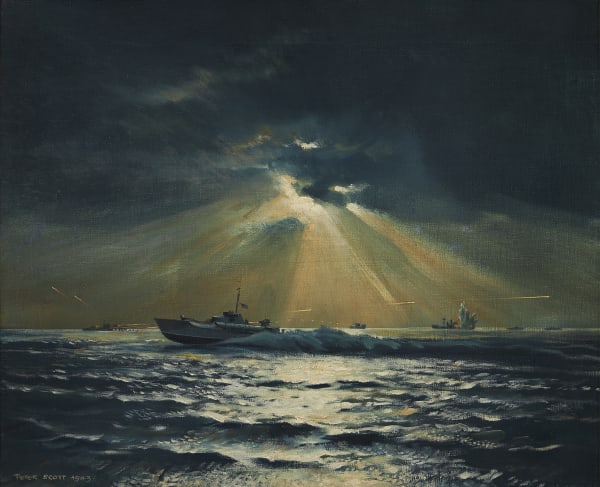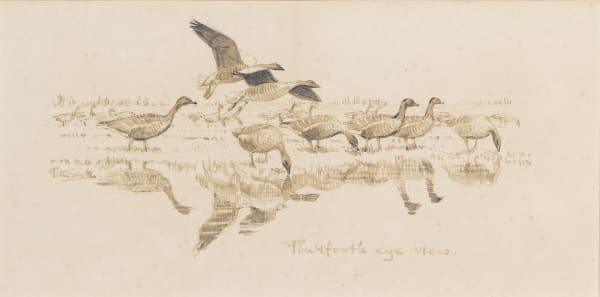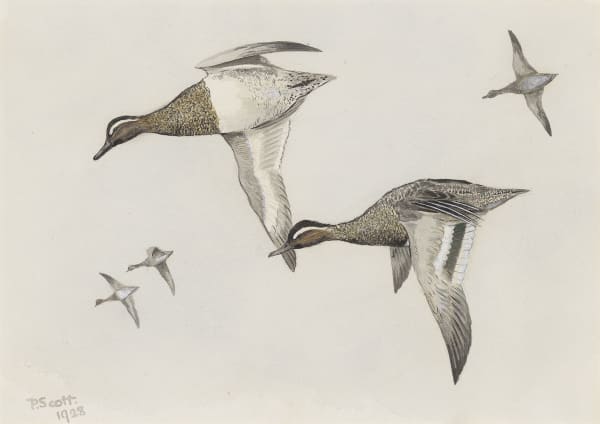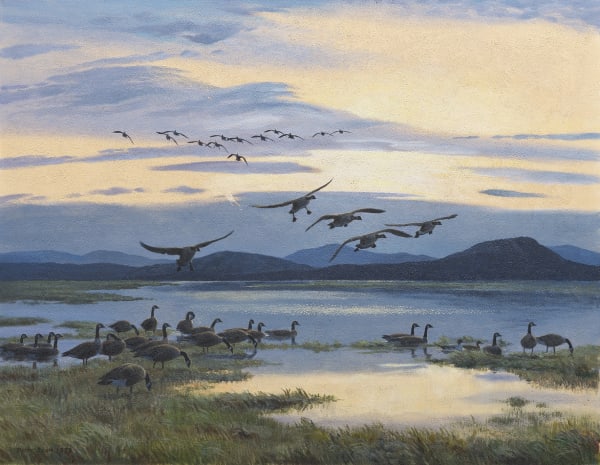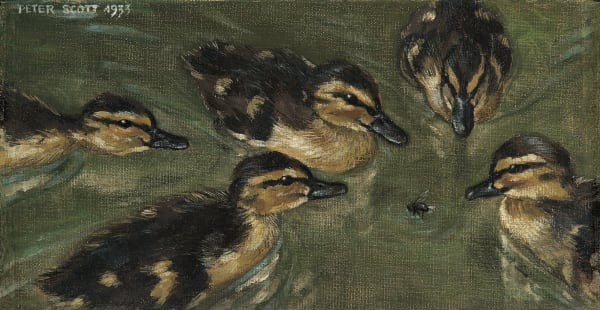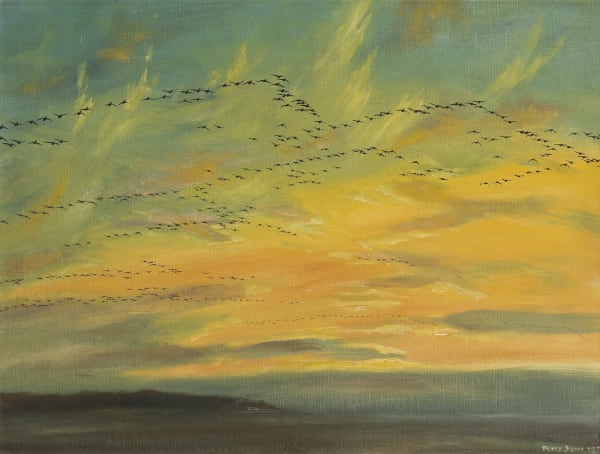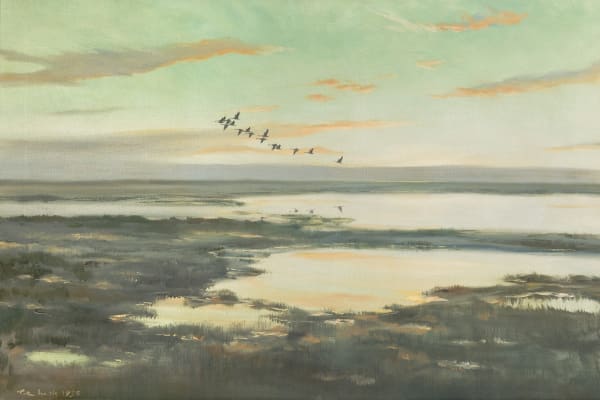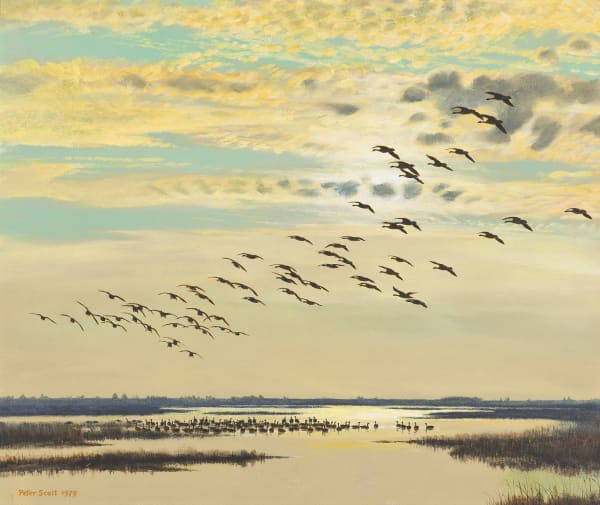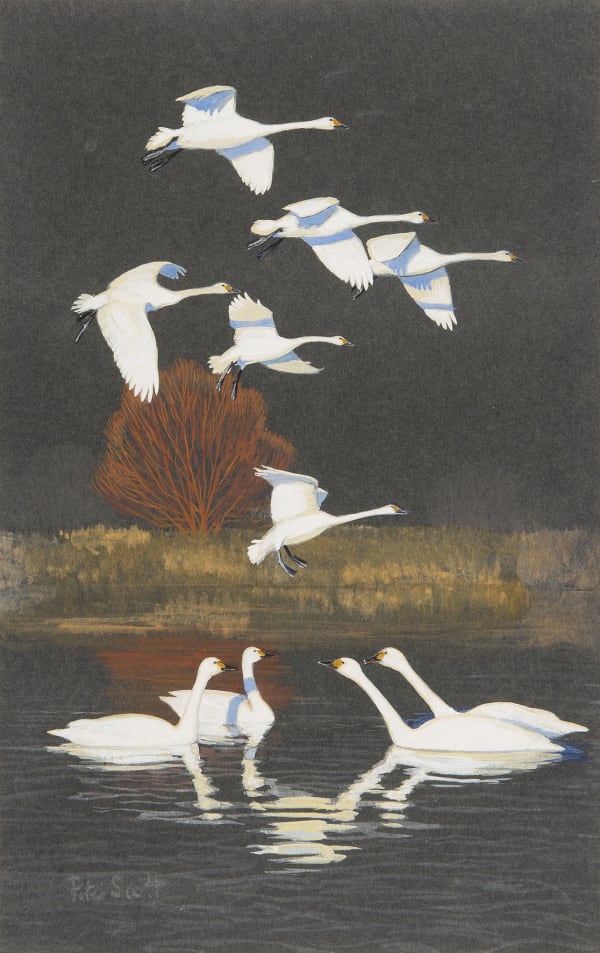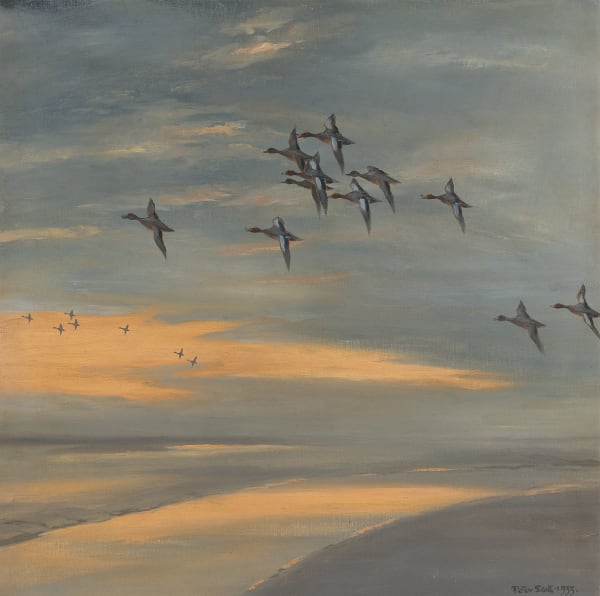-
 Set of six 1926 Grand Prix racing scenes, 1926Sold
Set of six 1926 Grand Prix racing scenes, 1926Sold
-
 Tufted ducks arriving at St. James's Park, 1936
Tufted ducks arriving at St. James's Park, 1936
-
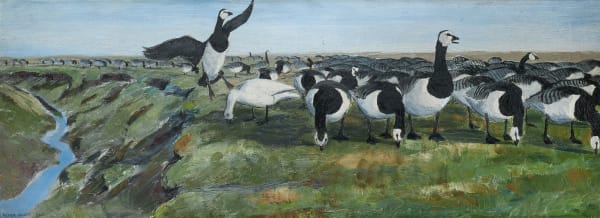 Barnacle Geese£9800.00
Barnacle Geese£9800.00
-
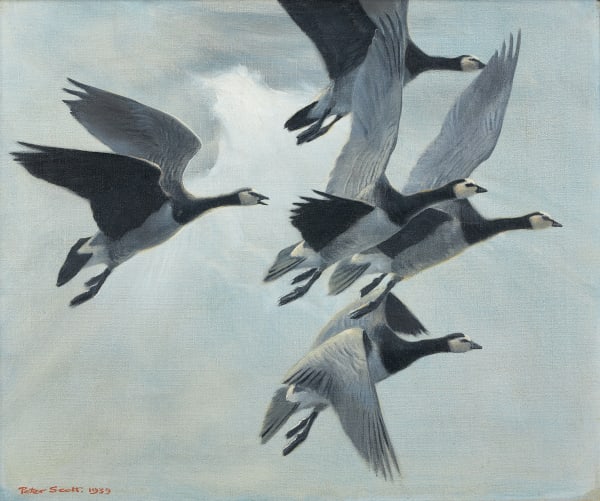 Barnacle Geese in flight
Barnacle Geese in flight
-
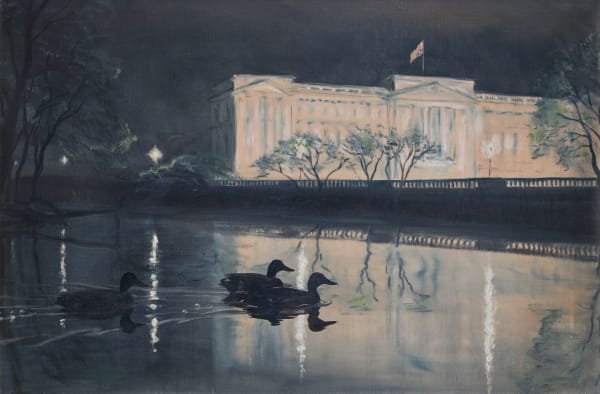 The Night of King George V Silver Jubilee, 6th May 1935
The Night of King George V Silver Jubilee, 6th May 1935
-
 An original design for an exhibition poster
An original design for an exhibition poster
-
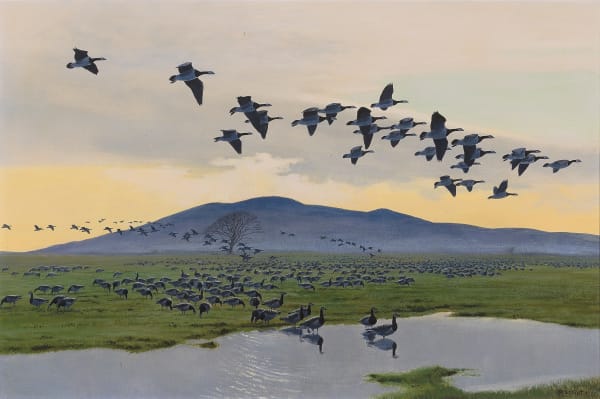 Barnacle Geese at Caerlaverock on the Solway Firth
Barnacle Geese at Caerlaverock on the Solway Firth
-
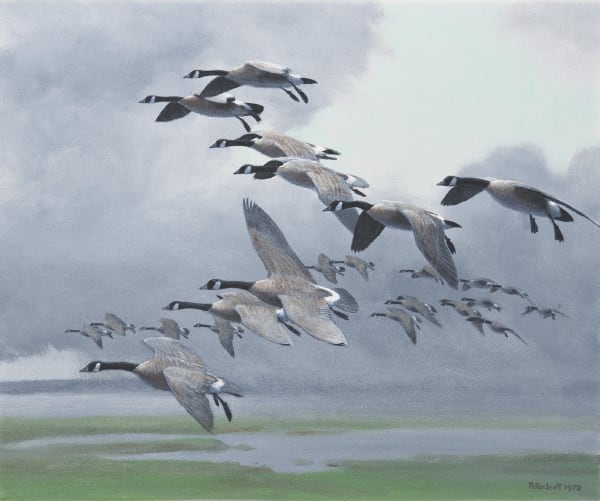 Canada Geese in flight
Canada Geese in flight
-
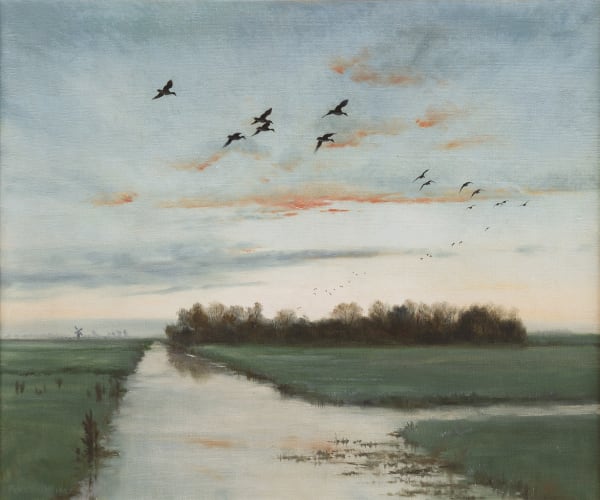 Ducks returning to the decoy at daybreak
Ducks returning to the decoy at daybreak
